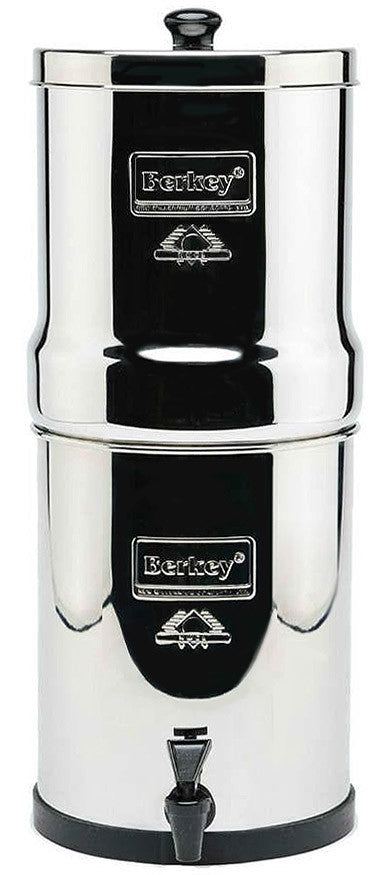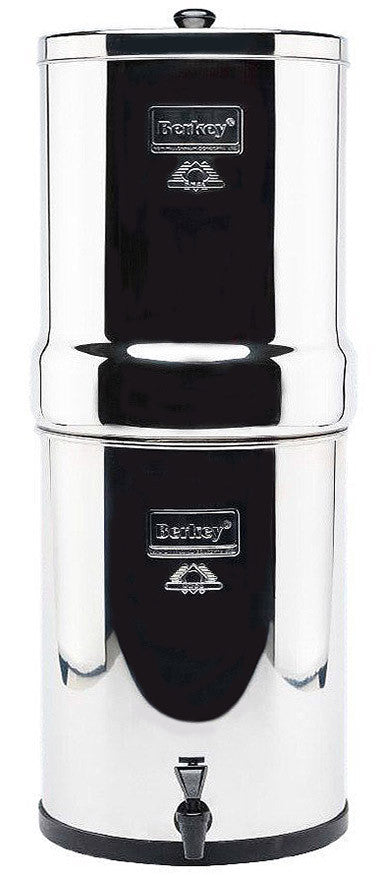
Pharmaceuticals are natural or synthetic drugs chemically designed or created to treat, inhibit, or alter diseases found in humans or animals.
Pharmaceuticals can be therapeutic drugs prescribed by doctors, over-the-counter drugs, or veterinary drugs and animal feeds. When excreted by the animal or human body through urine, feces, or saliva, these drugs can contaminate drinking water. How?
When an individual or patient takes these chemicals and improperly disposes of these drugs, drugs are thrown into the toilet and excreted through urine. Fecal wastes can contaminate drinking water through the sewage.
Also, animals that have had these chemicals introduced for nutrition and prevent disease and the synthetic food they eat, when excreted through urine and manure, can contaminate drinking water through the soil.
Somewhat unbelievable, but according to a study by the World Health Organization, pharmaceutical drugs can be found in drinking water. As verified by this non-government agency, pharmaceutical drugs are one of the causes of contamination in drinking water. If you think about it, it is possible.
When individuals who took these drugs excrete these chemicals from their body through urination or feces and sometimes throw the used or expired chemicals on the toilet, these chemical wastes go through the sewage system that sometimes leaks and then mixes with the surface water or groundwater where drinking water is usually stored.
On the other hand, animals that feed on synthetic food containing chemicals combined with or injected with pharmaceutical drugs for nutrition and disease prevention excrete these chemicals through urine and manure, which sometimes go through the sewage systems or are deposited in the soil.
Excretions of pharmaceutical drugs deposited through soil can contaminate drinking water as well. Soil absorbs these chemicals and goes to the surface water or groundwater, which can contaminate drinking water.
Effects of Pharmaceuticals on the Body

Certain drugs have specific uses and dosages to be taken by an individual or patient. When taken more than the desired amount, these drugs can lead to an adverse reaction or toxicity.
Though some pharmaceutical drugs have antidotes, some don’t. An antidote is a chemical that lowers or inhibits the effects of pharmaceutical drugs taken in more than the desired amount.
However, when a chemical drug is taken in less than the desired amount, it cannot achieve the desired therapeutic effect; in other words, it is useless. The same is true of taking those drugs in their desired amount. Pharmaceuticals found in drinking water can also cause certain reactions in the body.
Although some pharmaceutical drugs are available or can be bought over the counter or without a prescription, thus the so-called over-the-counter drugs, these drugs also affect or sometimes are not safe to be taken without knowing their actions and side effects.
Most especially when it has to be taken by children or infants who cannot fully metabolize drugs due to their body metabolism not matured yet or is not completely functional, no matter where you look at it, all chemically designed drugs are only to be taken as prescribed by the doctor to ensure no side effects can be felt.
Elements Found in Water

Once pharmaceutical drugs are absorbed through soil or leaked into sewage systems, they can contaminate drinking water. Although pharmaceutical drugs are present in water, other chemicals and microorganisms can also be found there.
Depending on the process of some public water treatment, some use chemical reagents to filter drinking water.
These chemical reagents help by coagulating small particles into large particles that are easier to filter out or remove and are potable enough to be consumed.
Some water treatment systems use microfilters and other purification methods to process and purify drinking water.
Though a filter removes particles and other substances from water, it does not guarantee that it removes microscopic elements.
These microscopic elements sometimes cause diseases and toxicity. Bacteria and viruses are natural water flora found anywhere.
Iron, common in a water system that uses copper or lead pipes, can be found in drinking water. However, it can also cause toxicity, known as hemochromatosis, where excessive iron is found in the blood.
← Older Post Newer Post →





